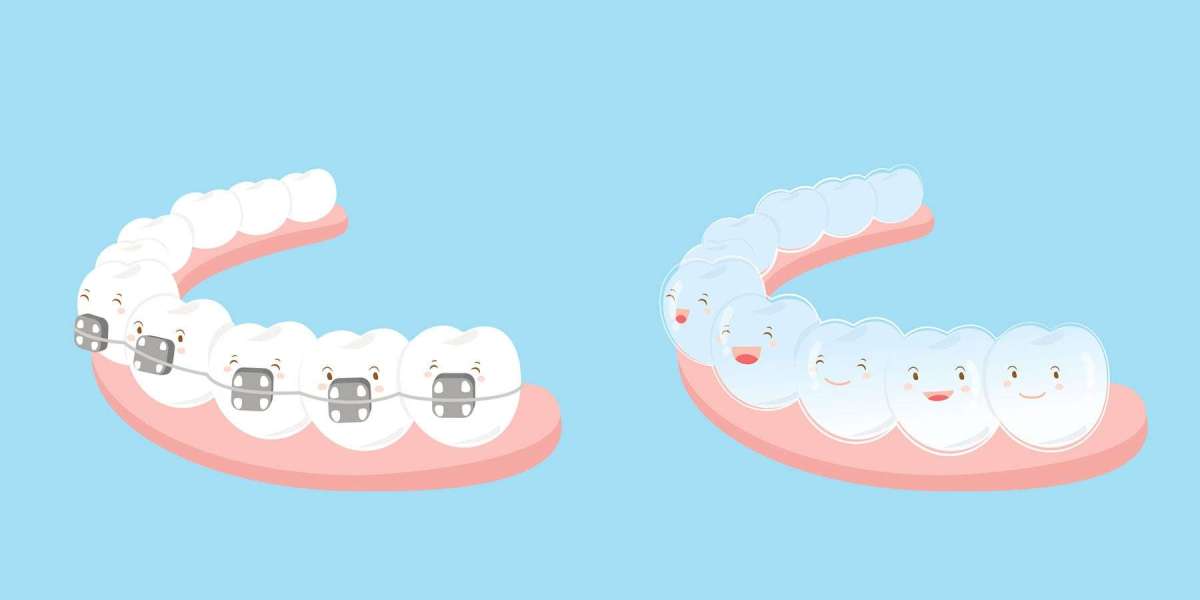Orthodontics has advanced rapidly over the past decade, blending cutting-edge technology with personalized treatment strategies. As innovation accelerates, the next phase promises faster, more comfortable, and more precise care than ever before. Orthodontists in Dubai, who are at the forefront of adopting new tools and techniques, are particularly enthusiastic about what’s ahead. From AI-guided aligners to digital treatment planning and 3D-printed appliances, the future of orthodontics is already taking shape in modern clinics across the globe.
Digital Scanning and 3D Imaging:
Traditional impressions are quickly being replaced by digital intraoral scanners that create precise 3D models of a patient’s teeth and jaw in minutes. This advancement not only improves comfort but also enhances diagnostic accuracy. Digital scans reduce errors and streamline the entire process, from creating aligners to planning bracket placement. Orthodontists can now visualize outcomes before treatment begins, improving predictability and patient satisfaction.
Artificial Intelligence and Predictive Treatment Models:
AI is revolutionizing orthodontic care by analyzing patient data and tooth movement patterns to create smarter, more efficient treatment plans. With machine learning, orthodontists can predict how teeth will shift, allowing for quicker adjustments and fewer office visits. AI-driven platforms also support remote monitoring, reducing the need for frequent in-person checkups. This technology enables a highly customized approach to care while maximizing convenience for both patient and provider.
3D Printing of Appliances and Aligners:
One of the most transformative tools in modern orthodontics is 3D printing. Orthodontists now use this technology to produce aligners, retainers, and even braces components on-site, cutting down on wait times and improving fit. Customization is another huge benefit, as devices can be tailored to the patient’s unique anatomy. The precision and speed of 3D printing open the door to faster turnaround and more cost-effective treatments in the near future.
Remote Monitoring and Teledentistry:
Virtual check-ins and remote monitoring tools have gained traction in orthodontics, especially post-pandemic. Using smartphone apps or dedicated sensors, patients can submit photos or scan their teeth from home. Orthodontists review progress remotely and only schedule in-person visits when necessary. This convenience is especially appealing for busy professionals or families and ensures that minor issues can be detected and addressed early, without disrupting the patient’s routine.
Customized Braces and Aligners:
Gone are the days of one-size-fits-all orthodontic appliances. The future lies in complete personalization. Innovations in digital modeling and fabrication now allow for brackets and aligners to be uniquely shaped for each patient’s teeth. Custom braces not only fit better but also apply force more efficiently, which can lead to shorter treatment times. These advancements give patients better results with fewer complications along the way.
Accelerated Orthodontics and Faster Treatment Options:
Speed is a top priority for many patients. Emerging technologies, such as micro-osteoperforation and low-frequency vibration devices, are being introduced to accelerate tooth movement. These adjunctive treatments work alongside traditional braces or aligners to reduce treatment duration—sometimes by several months. While not suitable for every case, these options are gaining interest among both patients and providers looking for quicker, more predictable outcomes.
Smart Materials and Self-Adjusting Appliances:
New materials are being engineered to respond dynamically to the oral environment. For example, shape-memory alloys used in archwires can maintain constant pressure over a longer period, requiring fewer adjustments. Self-ligating brackets that adapt to tooth movement are also part of this evolution. These smart materials enhance both patient comfort and treatment efficiency by working in harmony with biological responses.
Integration with Other Dental Specialties:
The future of orthodontics is increasingly collaborative. Orthodontists are now working closely with periodontists, oral surgeons, and cosmetic dentists to create comprehensive treatment plans. Digital platforms allow for seamless sharing of 3D models and diagnostic data, making interdisciplinary care more efficient. This integration ensures that patients receive holistic care that considers aesthetics, function, and long-term health outcomes.
Environmental Sustainability in Orthodontics:
As global awareness of sustainability grows, orthodontics is embracing eco-friendly practices. Clinics are shifting toward digital records, reusable instruments, and biodegradable materials in packaging and aligners. 3D printing can reduce material waste, and remote monitoring cuts down on patient travel, lowering the overall carbon footprint. This environmental consciousness is reshaping how modern practices operate, aligning healthcare with broader planetary goals.
Patient-Centered Innovations and Enhanced Comfort:
The future of orthodontics prioritizes patient experience. Everything from appointment scheduling to appliance comfort is being improved with the patient in mind. Innovations like augmented reality apps for treatment simulation, digital consent forms, and noise-reduced equipment are enhancing satisfaction. By focusing on ease, education, and personalization, orthodontists are transforming what it means to undergo orthodontic care.
Final Thoughts:
Orthodontics is entering a golden age of innovation, blending science and technology in ways that benefit both patients and providers. With tools like AI-driven treatment planning, 3D printing, and smart materials, care is becoming faster, more precise, and more comfortable. Orthodontists in Dubai and around the world are adopting these advances to provide high-quality, efficient care that meets the expectations of today’s tech-savvy patients. As we look to the future, the focus remains clear: personalized treatment, better outcomes, and an improved patient experience from start to finish.



